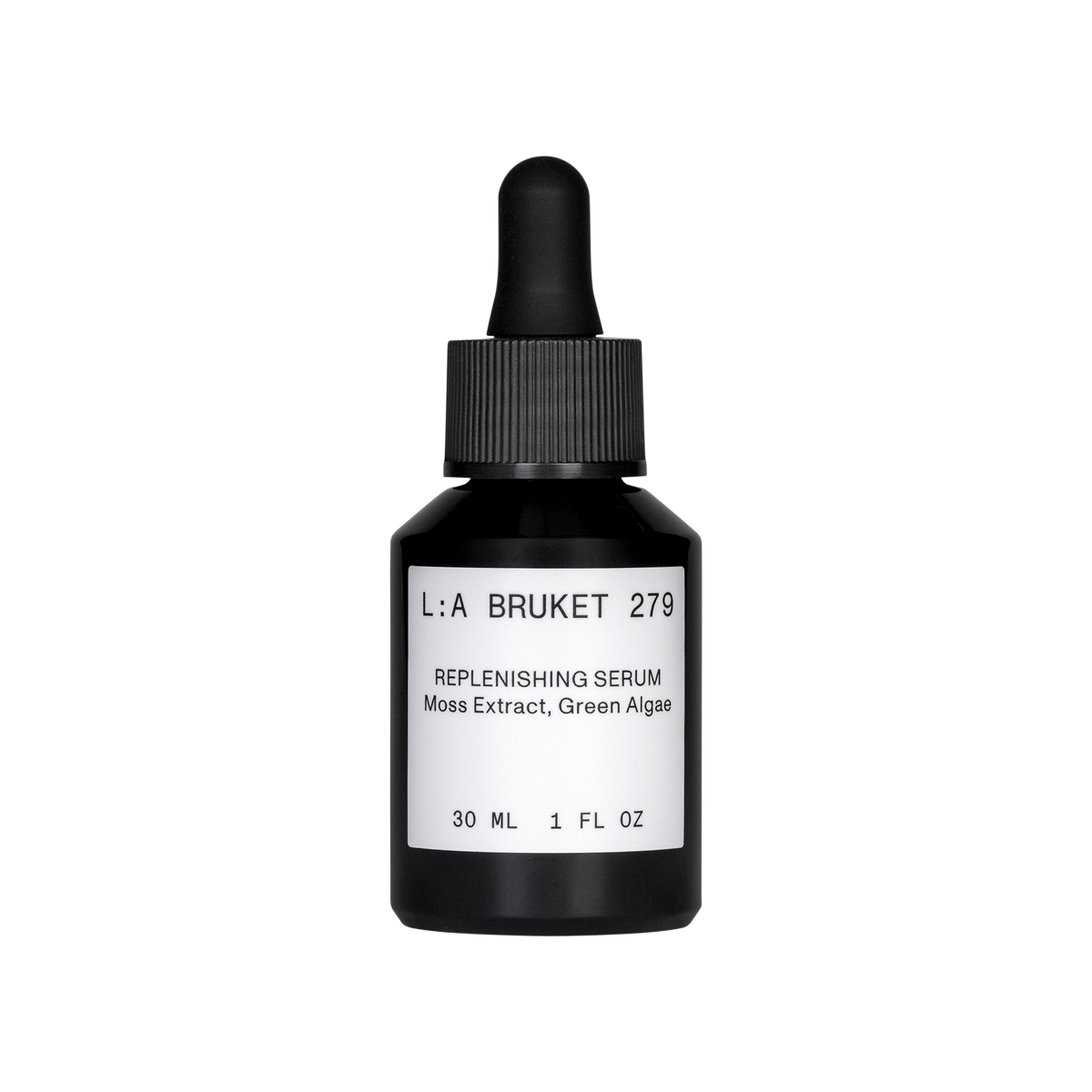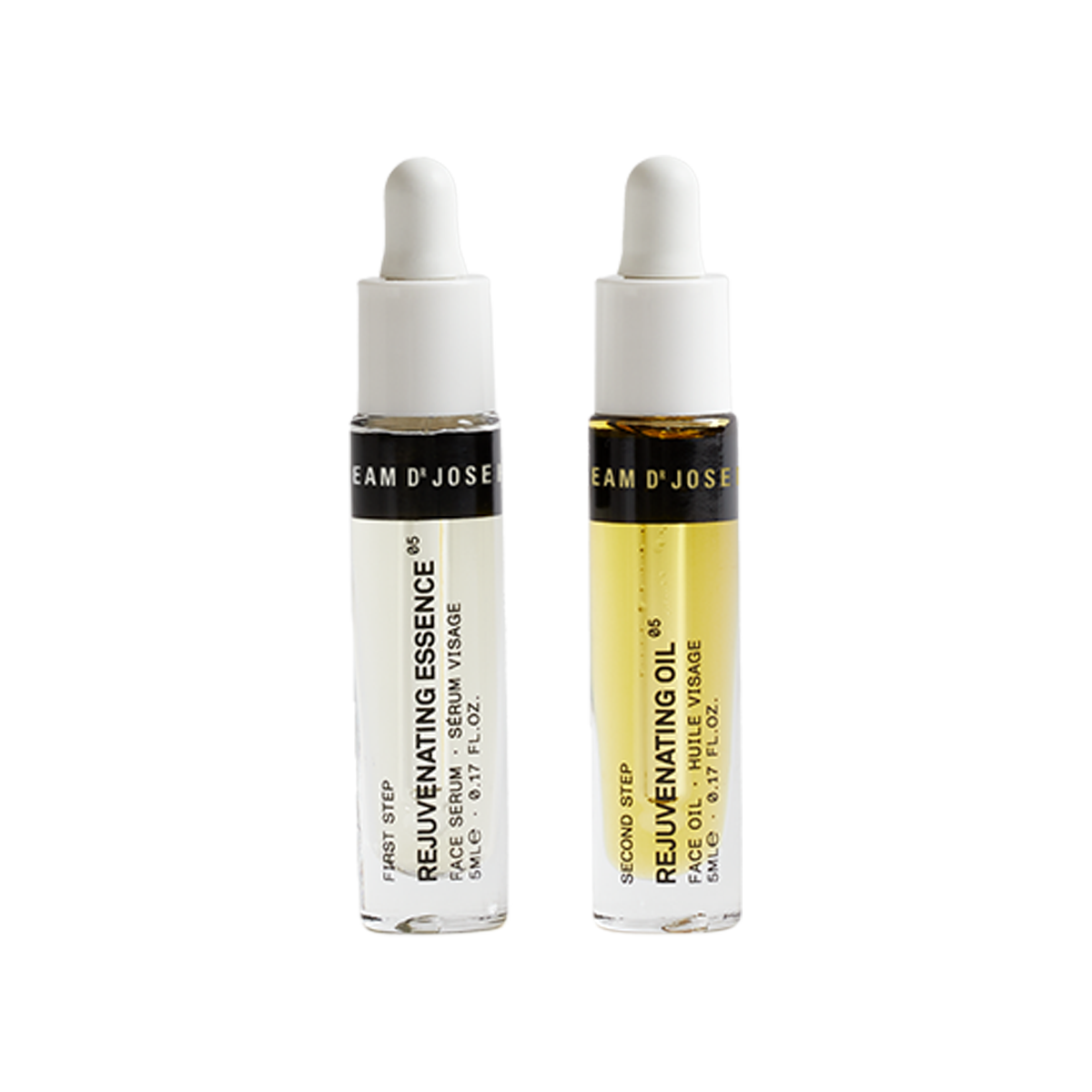What does a serum with hyaluronic acid do?
Hyaluronic acid is a powerful ingredient in skincare, known for its hydrating properties. In this story, you will discover what a hyaluronic acid serum does for your skin, how to use it correctly and which combination is better to avoid. Also discover other serums for the face to suit your skin needs.
What is hyaluronic acid?
Hyaluronic acid is a body's own molecule known for its unique ability to attract and retain moisture. It plays an important role in maintaining hydrated and supple skin. As we age, the natural production of hyaluronic acid decreases, which can lead to dryness and fine lines. By using a hyaluronic acid serum, you support the skin in retaining moisture and maintain a fresh, healthy look.
Hyaluronic acid comes in different molecular weights, each of which has a specific function. High-weight hyaluronic acid stays on the surface of the skin and provides instant hydration and a radiant glow. Low-weight hyaluronic acid penetrates into the deeper skin layers and supplies skin cells with long-term hydration, keeping skin firmer and visibly softening fine lines and wrinkles. As a result, hyaluronic acid not only contributes to hydrated skin, but can also help maintain volume and firmness.
How often can you use hyaluronic acid?
Hyaluronic acid is an ingredient you can use daily, either in the morning or in the evening. As it is a substance that occurs naturally in the skin, it is suitable for all skin types, even sensitive skin. For optimal results, apply the serum to slightly damp skin and finish with a moisturiser to enhance the effect.
What should not be used together with hyaluronic acid?
Hyaluronic acid goes well with most skincare ingredients, but there is one combination you should avoid. Oil without a seal: if you combine hyaluronic acid with an oil without a sealing moisturiser, water can evaporate from the skin, which can actually cause dehydration.
How do you use a serum with hyaluronic acid?
1. Cleanse your skin: make sure your skin is clean before applying the serum.
2. Apply to damp skin: this helps the serum retain moisture and better penetrate the skin.
3. Use a few drops: a small amount is enough. Massage it gently into the skin.
4. Finish with a moisturiser: this helps lock in moisture and keep skin hydrated for a long time.
Which is better: hyaluronic or retinol?
Hyaluronic acid and retinol have different functions in skincare. Hyaluronic acid focuses on hydration and keeps skin supple and moisturised. Retinol, on the other hand, stimulates cell renewal and collagen production, which helps against fine lines, pigmentation spots and uneven skin texture. In this Skins Story, you can read more about what retinol is and what it does for your skin.
For most skin types, a combination of both ingredients is ideal: hyaluronic acid for hydration and retinol for skin improvement. However, preferably use retinol in the evening and always combine it with a hydrating serum and a daytime SPF to avoid irritation.What is the best hyaluronic acid serum?
At Skins, you'll discover a wide selection of serums with hyaluronic acid, perfect for intensely hydrated and radiant skin. A favourite of our Skins Expert and Educator Nienke is Dr. Barbara Sturm's Hyaluronic Serum, which combines high-quality hyaluronic acid with purslane extract. This powerful duo intensively hydrates, protects against premature skin ageing and creates a beautiful glow.
Looking for an alternative? PATYKA' s Advanced Plumping Serum offers hydration through all skin layers thanks to four different weights of hyaluronic acid, leaving skin firmer and more even-looking. Or discover The Hydra Serum by MANTLE, which provides intense hydration thanks to jellyfish mucin and sea algae and gives skin an instant boost.
Get advice from our Skins Experts, online and in our boutiques.













